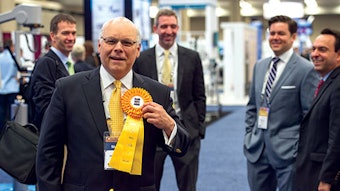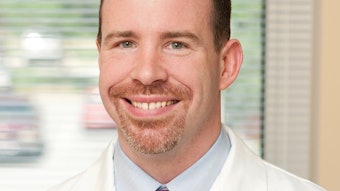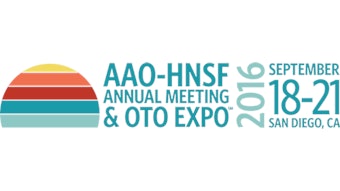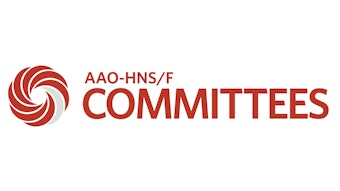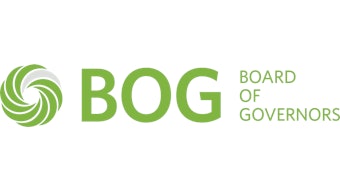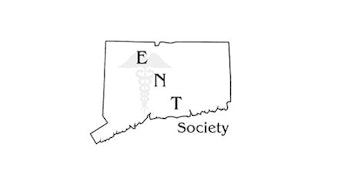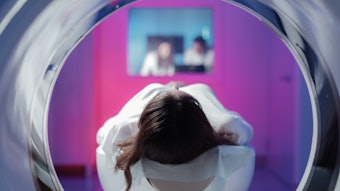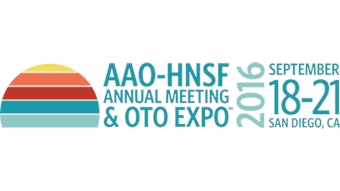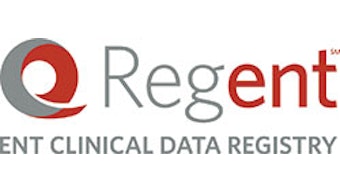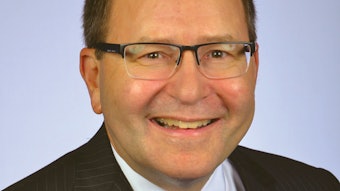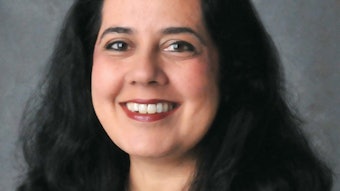Ingenuity and iPhones save the day in Ecuador
Last fall I had the opportunity to travel to Riobamba, Ecuador, to participate in a 10-day mission trip with Howard Patrick Boey, MD, and Karina Cañadas, MD, as part of the Fundación Internacional Buen Samaritano Paul Martel (FIBUSPAM) team. After months of careful planning, we landed in Quito, the capital city of 2.7 million people.
Sarah Gitomer, MD, Baylor College of Medicine, AAO-HNSF Humanitarian Travel Grant Awardee
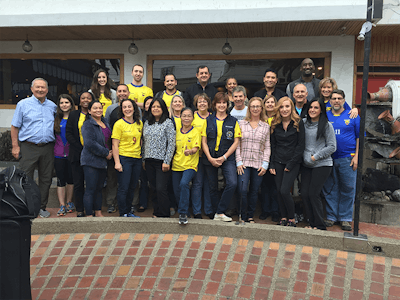 The FIBUSPAM 2015 group of surgeons, anesthesiologists, pediatricians, internists, PAs, nurses, scrub techs, and coordinators, including four Members of the AAO-HNS: Sarah Gitomer, MD; Karina Cañadas, MD; Howard Patrick Boey, MD; and David Folk, MD.
The FIBUSPAM 2015 group of surgeons, anesthesiologists, pediatricians, internists, PAs, nurses, scrub techs, and coordinators, including four Members of the AAO-HNS: Sarah Gitomer, MD; Karina Cañadas, MD; Howard Patrick Boey, MD; and David Folk, MD.
The next morning, before we even arrived to the clinic, a crowd of more than 200 hopeful Ecuadorians clamored about the waiting room, hallways, and parking lot outside. I was struck by the great need but also the determination of these potential patients. Unlike in the United States, despite waits of over eight hours in rainy weather, even the last patient of the day was grateful to be seen and hear our advice.
The following day we woke up early to start cases. Employing our quality training and unique skills, we worked hard to improve each patient’s quality of life, performing tonsillectomies to cleft lip repairs. While these surgeries paralleled routine cases in the United States, our efforts to better our patients’ lives were often met with challenges and obstacles unique to the developing world. For instance, as we finished a tympanoplasty and were closing the skin, all of the lights in the OR went off, and no generator turned on. The anesthesia monitor signaled that it had 10 minutes remaining of battery power, and the anesthesiologist calmly bag-masked our patient as we quickly finished the case and wrapped a mastoid dressing with the light of several iPhones. With this moment, the realities of operating in a developing nation set in—despite bringing an excellent team, equipment, and disposable OR tools, we still were not able to offer the same level of care available in the United States.
We were able to help local patients and indigenous people from the surrounding mountains. I learned the values of service and creativity by working with this group. It was nice to work with a group of people committed to the same goals who all were really enjoying working so hard to meet them. When the final cases finished at 8 pm, multiple team members volunteered to stay later in the PACU to ensure that our patients woke up safely and were able to go home.
We had an immediate and lasting impact on the community, and everyone was incredibly thankful. The patients’ patience and gratitude were huge motivators for our team, and the team came together to finish cases for the patients. On our last day, the local clinic staff and coordinators hosted a banquet for our team, and became tearful when thanking us for our hard work for their community, which was a rewarding end to an exciting trip.
